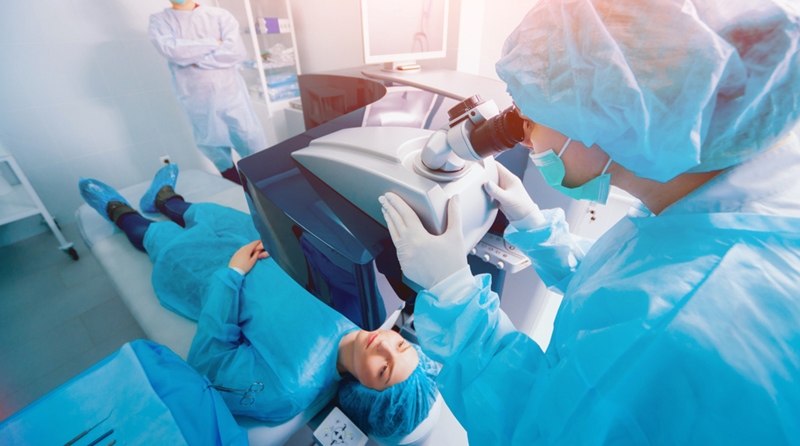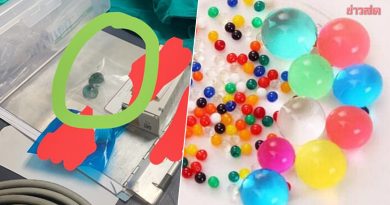What is LASIK Treatment?
Although LASIK treatment has been around for at least twenty years, the technology has been developed to treat much more than the myopia it was initially designed to treat. The advancements have meant an expanded explanation is warranted, as the scope of the treatment has gotten broader.
These days, most LASIK clinics are using a femtosecond laser in their procedures. Femtosecond lasers are more accurate and safer. Some clinics and hospitals are using the even more advanced Wavefront-guided LASIK.
In this LASIK treatment, the analysis of your vision before the LASIK procedure is more exacting due to the use of Wavefront technology. This technology allows your doctor to more precisely reshape your cornea to more accurately cure your vision problem while reducing side effects like starbursts, halos and glare.
What is LASIK Treatment Used For?
Twenty years ago, medical researchers came up with a way to use lasers to reshape the cornea. The shape of the cornea determines how finely we can focus on things. In normal vision, the cornea refracts images in fine detail onto the back of the eye.
When the cornea’s curvature is less than ideal, the vision is blurred, as it is in people with myopia (near-sightedness), hyperopia (farsightedness) and astigmatism.
A laser is able to be exacting in the cuts it provides. This makes it ideal for reshaping the cornea precisely. When the procedure was first developed, doctors found that it was able to correct severe myopia completely.
Doctors were able to flatten the cornea or correct its length. These abnormalities caused the near-sighted vision problems typical of patients with myopia. Being able to change the shape of the cornea precisely with the aid of a laser made LASIK a success all over the world.
Expanding LASIK Treatments
After the success of treating myopia, LASIK treatments were soon developed to treat astigmatism and hyperopia. The femtosecond laser provides even finer degrees of reshaping, and this newer generation laser has been crucial in expanding the role of LASIK in eye surgery.
But the improvements to LASIK didn’t all focus on the use of a laser in surgery. There is now an enhanced “Custom LASIK” procedure that includes the use of “Wavefront-guided LASIK.” This is a procedure that accurately measures the lower and higher aberrations of the cornea.
When LASIK treatments were first developed, they were only able to measure the lower aberrations. With this new technology taking the higher aberrations into account, doctors are able to correct your vision to a much finer level of detail.
The differences in corneal curvature in patients with myopia, hyperopia and astigmatism mean that doctors can use this new “Wavefront-guided LASIK” to more accurately measure and effectively treat these different afflictions.
The medical world is always seeking to refine and advance the treatments it develops to provide easier access and lower prices to these treatments. With the scope of LASIK treatments available today, you should consult with your eye doctor to see if LASIK will offer you significant benefits and better eyesight for the future.



